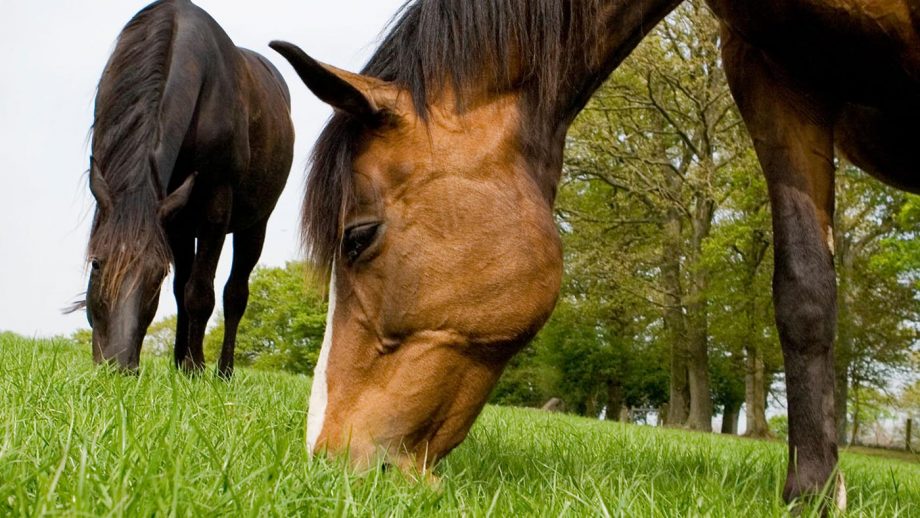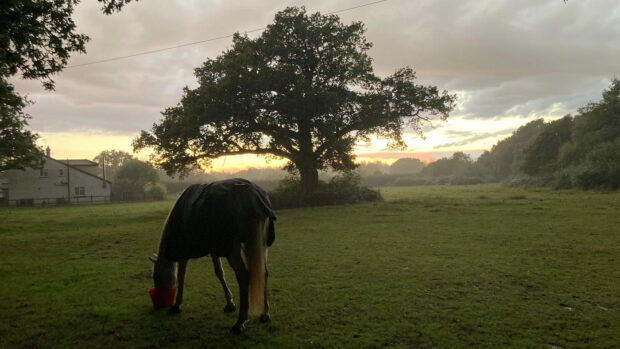With the costs associated with keeping a horse continuing to rise, more and more equestrians who want to enjoy regular riding or competing without the full-time commitment are exploring alternatives to ownership, like sharing a horse – which is becoming an increasingly popular option for cash- or time-strapped riders.
Such arrangements can also be attractive for owners, especially those who might need to reduce their daily responsibilities or who want to maximise what time they can spend with their horse – while knowing they’re getting additional attention and exercise when you’re not there.
As the cost of living crisis continues, it has become increasingly common to see owners online advertising for a sharer, which may be on a help in return for rides basis, or shared use of the horse in return for a financial donation towards their upkeep.
However, it’s also quite common to see people recount upsetting stories online about arrangements turned sour. That’s why it’s essential not to rush into a sharing agreement. For it to work well, both parties need to establish mutual trust and have an agreement in place.
Sharing a horse: the essentials
Horse-sharing agreements can vary significantly based on the terms agreed upon by the owner and the sharer. Typically, the owner will designate specific days for the sharer to ride in exchange for a financial contribution, and sometimes help with stable duties.
The contribution amount often depends on factors like the sharer’s riding experience, their interest in competing, and whether their involvement will improve the horse’s training or conditioning. If an owner is primarily seeking a sharer to save time and avoid hiring a paid rider to help maintain their horse’s fitness, they may forgo a financial contribution, while others may request the sharer cover half of the livery fees or even pay for expenses like farrier services.
Regardless, a well-structured, comprehensive written agreement is essential in any horse-sharing arrangement. Both parties must have a clear understanding of their respective contributions, including financial obligations, designated riding and care days, and additional responsibilities such as scheduling the farrier or managing the horse’s medical needs.
The British Horse Society (BHS) recommends creating a mutually acceptable written agreement and advises against committing to terms that will not be upheld in practice. The BHS have drawn up a free-to-download sample loan agreement that can be used as a basic template that can be tailored to meet specific requirements and circumstances of a share agreement.
Ensure that both parties sign the agreement and retain a copy for their records. The British Horse Society (BHS) advises having the agreement reviewed by a qualified legal professional to confirm that all terms are clear, fair, and legally sound.
In a horse-sharing agreement, insurance also plays a crucial role in protecting both the owner and sharer from financial and legal risks. Typically, it’s the owner’s responsibility to maintain insurance for the horse, but it’s important to clarify this and also ensure your insurance company are aware that you’re sharing your horse.
As a sharer, it’s recommended to ensure you have adequate cover for yourself, including public liability insurance. Additional cover could include personal accident insurance, or transport insurance if you’re regularly taking a shared horse to competitions.
Sharing a horse: how to stop it all going wrong?
Effective communication can often resolve misunderstandings about schedules, costs, or responsibilities. But no matter how well an arrangement begins, challenging situations may arise, such as lameness or damage to tack.
It’s strongly recommended to outline a procedure for these events in the initial agreement. If the horse goes lame, the sharer may need to pause their riding days, but financial contributions can remain unaffected if they are supporting fixed expenses, like stable fees.
Tack damage should be similarly addressed, specifying who will bear the cost of repairs or replacement.
The agreement should include a termination clause in case either party wants to end the share. Common practice involves a notice period, typically two to four weeks, which provides both parties time to transition smoothly.
Care must also be taken to avoid structuring the arrangement as a form of horse hire. Charging for a horse’s use without formal licensing can put the owner at risk of unintentionally operating like a riding school, which is heavily regulated.
To remain within legal boundaries, arrangements should clearly state that contributions are toward upkeep costs, not payment for horse hire, and should not imply professional training or instruction by the owner.
Sharing a horse: top tips
Horse-sharing offers substantial benefits for both owners and sharers when structured thoughtfully. Although discussing contracts can feel awkward when one party seems flexible, establishing clear communication, defined responsibilities, and formal paperwork at the start greatly enhances the chances of a positive, rewarding experience for everyone involved.
Here are some other tips to keep in mind:
- Consider a trial period for both parties, to allow any wobbles to settle down
- If you’re the owner, ensure your sharer has emergency contact information for you, your next of kin, and key contacts such as your horse’s vet, farrier, and yard owner
- Keep a copy of your sharer’s emergency contact details both at home and in the stable, easily accessible if needed
- Help your sharer feel part of the yard by introducing them to other members and providing designated space for their riding gear
- Take time to show them where tack, equipment and grooming supplies are located and how to use them, and consider providing written instructions they can keep in the grooming box or tack room for easy reference
- Ensure the sharer is aware of your horse’s medical history, temperament as well as likes and dislikes
- To stay up to date with all the breaking news throughout London International and more, subscribe to the Horse & Hound website
You may also be interested in:

How much does a horse really cost a month? H&H does the maths…

The expense of horses: should I buy, share or have lessons?

Considering giving up horses? You need to read this first…

Subscribe to Horse & Hound magazine today – and enjoy unlimited website access all year round





